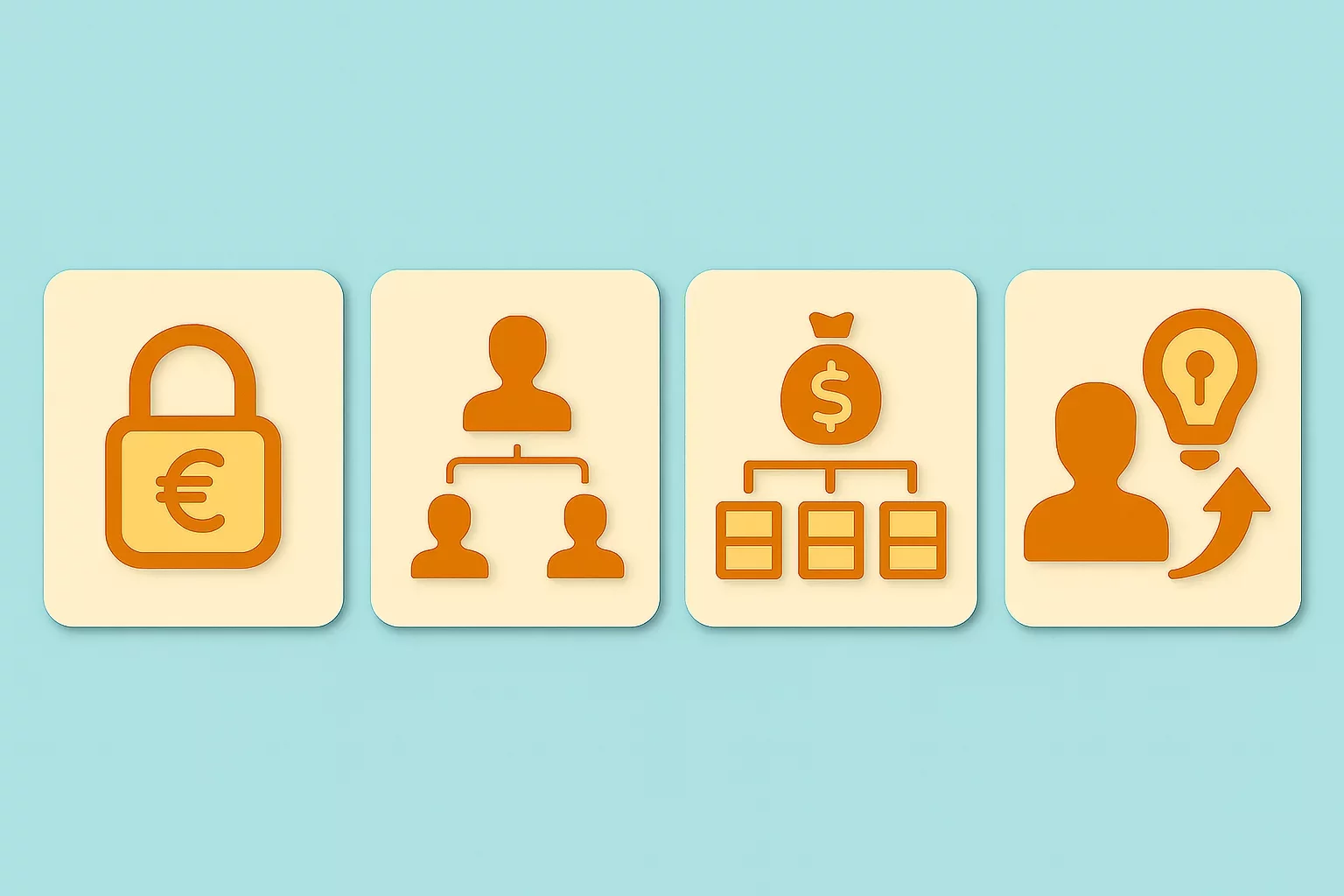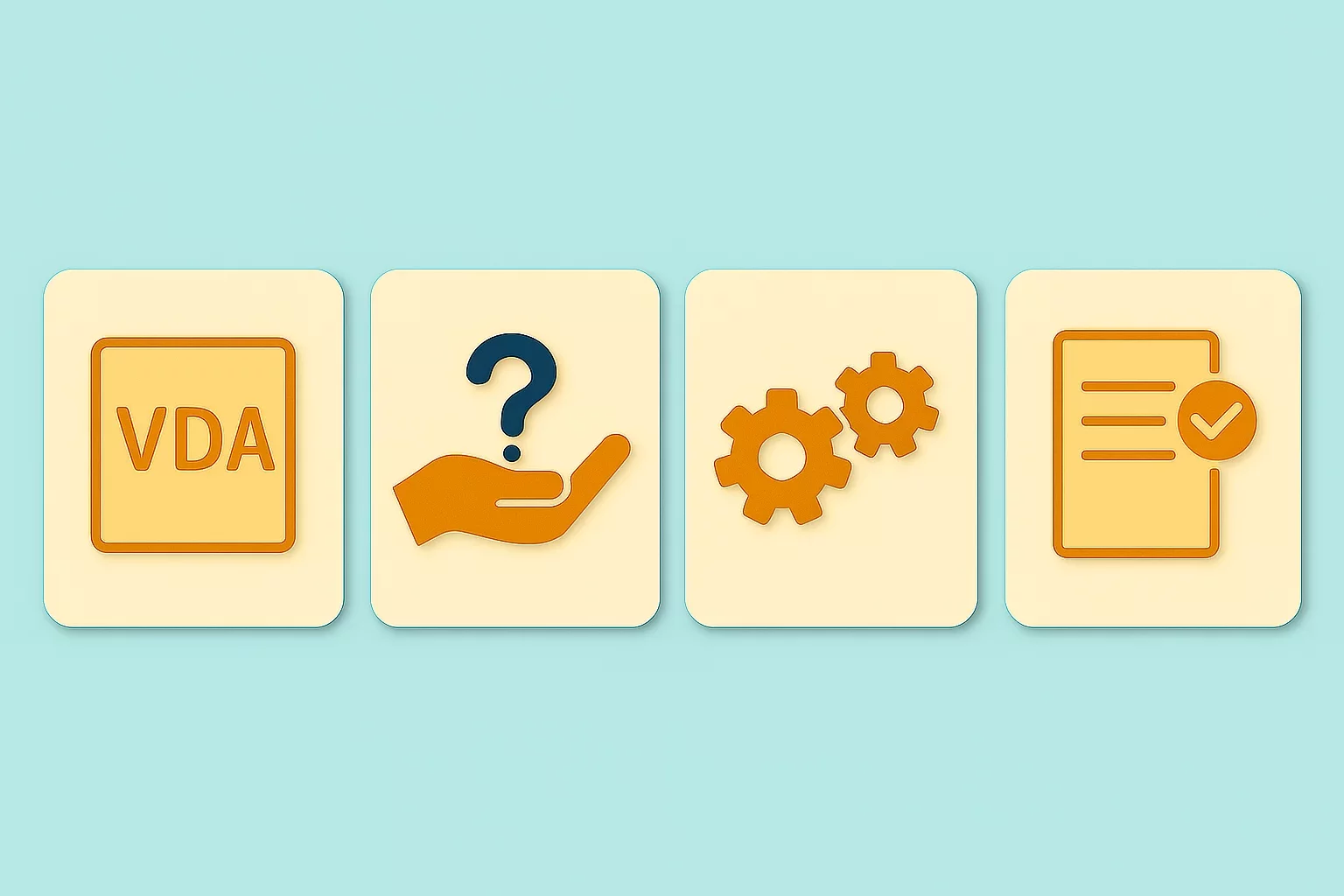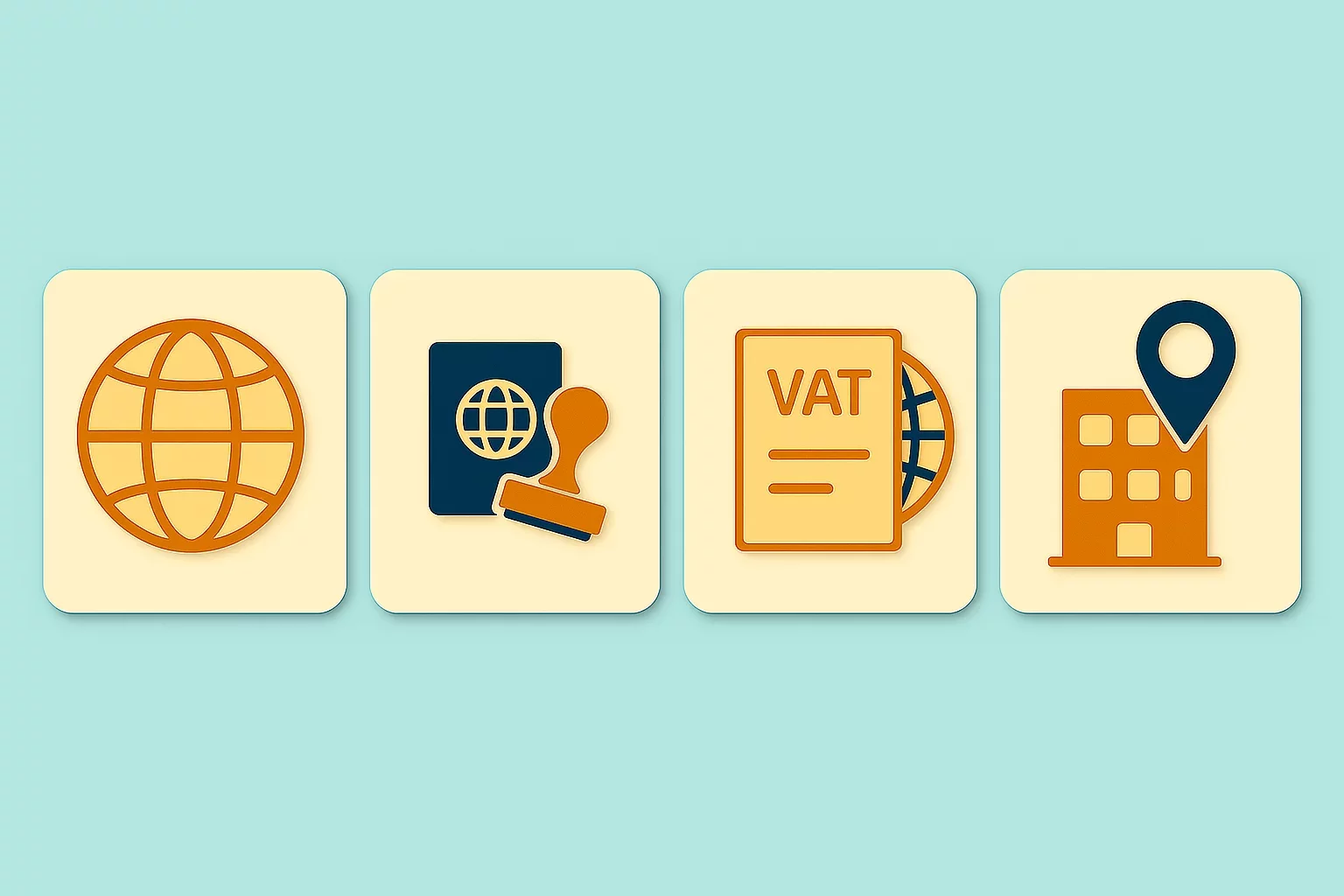Understanding the Flat Rate VAT Scheme: A Simplified Taxation Method

The Flat Rate VAT scheme is a simplified taxation method designed to make VAT compliance easier for small businesses. It enables businesses to pay a fixed percentage of their gross turnover rather than calculating VAT on individual sales and purchases. This guide explains the VAT flat rate scheme, how it works, and the role of tools like a flat rate VAT calculator for better management.
What Is the Flat Rate VAT Scheme?
The VAT flat rate scheme is an alternative VAT accounting system aimed at small businesses. Under this scheme:
Businesses charge VAT to customers at the standard rate (e.g., 20% in the UK).
Instead of calculating the VAT on each transaction, they pay a fixed percentage of their total turnover to the tax authority.
This approach simplifies accounting and reduces administrative burdens for eligible businesses.
How Does the Flat Rate VAT Work?
Using the flat rate VAT scheme, businesses calculate VAT differently than under standard VAT accounting:
Charging VAT: Businesses still charge the standard VAT rate on their invoices.
Paying VAT: Instead of remitting the full amount of VAT collected, they pay a fixed percentage of their gross turnover, which varies depending on the business type.
Example:
A business with a gross turnover of £50,000 uses a flat rate of 12%.
VAT owed = £50,000 × 12% = £6,000.
This amount is paid to the tax authority, regardless of the actual VAT collected.
Who Can Join the VAT Flat Rate Scheme?
Eligibility criteria for the scheme include:
Your taxable turnover must be below the flat rate VAT threshold, which is typically set at £150,000 in the UK.
You must not have been part of a VAT fraud investigation or have substantial VAT-related debts.
Benefits of the Flat Rate VAT Scheme
Simplified Accounting: No need to track VAT on individual sales and purchases.
Reduced Administrative Costs: Less paperwork and fewer calculations.
Predictable Payments: The fixed rate provides consistency in VAT liabilities.
Flat Rate VAT Calculator
Using a flat rate VAT calculator can help businesses determine their VAT liabilities quickly and accurately. These tools simplify the process by:
Calculating the VAT owed based on the flat rate percentage.
Allowing businesses to compare flat rate VAT payments to standard VAT payments.
Flat Rate VAT Threshold
The flat rate VAT threshold sets the maximum turnover a business can have to remain in the scheme. Exceeding this threshold requires businesses to switch to the standard VAT scheme.
Differences Between the Flat Rate VAT Scheme and Standard VAT Accounting
| Feature | Flat Rate VAT Scheme | Standard VAT Accounting |
|---|---|---|
| VAT Calculation | Fixed percentage of turnover | Based on actual VAT collected and reclaimed |
| Eligibility | Limited to businesses below a turnover threshold | No turnover limit |
| Administrative Burden | Low | Higher due to detailed record-keeping |
Is the Flat Rate VAT Scheme Right for You?
The scheme is ideal for businesses with low VAT-exempt purchases or minimal VAT reclaim needs. However, businesses with significant input VAT may find the standard VAT scheme more beneficial.
Conclusion
The flat rate VAT scheme offers small businesses an efficient way to manage VAT obligations. By leveraging tools like a flat rate VAT calculator, businesses can easily determine their liabilities and assess the benefits of the scheme. Whether you're considering joining the scheme or need to understand the flat rate VAT threshold, this simplified method can streamline your VAT accounting process.

Featured Insights

Angola’s E-Invoicing Mandate: Phased Implementation Continues Into 2026
🕝 December 10, 2025
VAT Deduction and Business Succession: When Do Advisory Costs Serve the Company’s Interest?
🕝 December 8, 2025
Europe’s Plastic Fiscal Shift: Why Italy’s Plastic Tax Now Starts in 2027
🕝 December 3, 2025
The Decline of Low-Value Import Exemptions: Closing Gaps in Cross-Border E-Commerce
🕝 November 20, 2025More News from World
Get real-time updates and developments from around the world, keeping you informed and prepared.
-e9lcpxl5nq.webp)






















-7xdqdopxl6.webp)



-a9bz8kz2cs.webp)






























